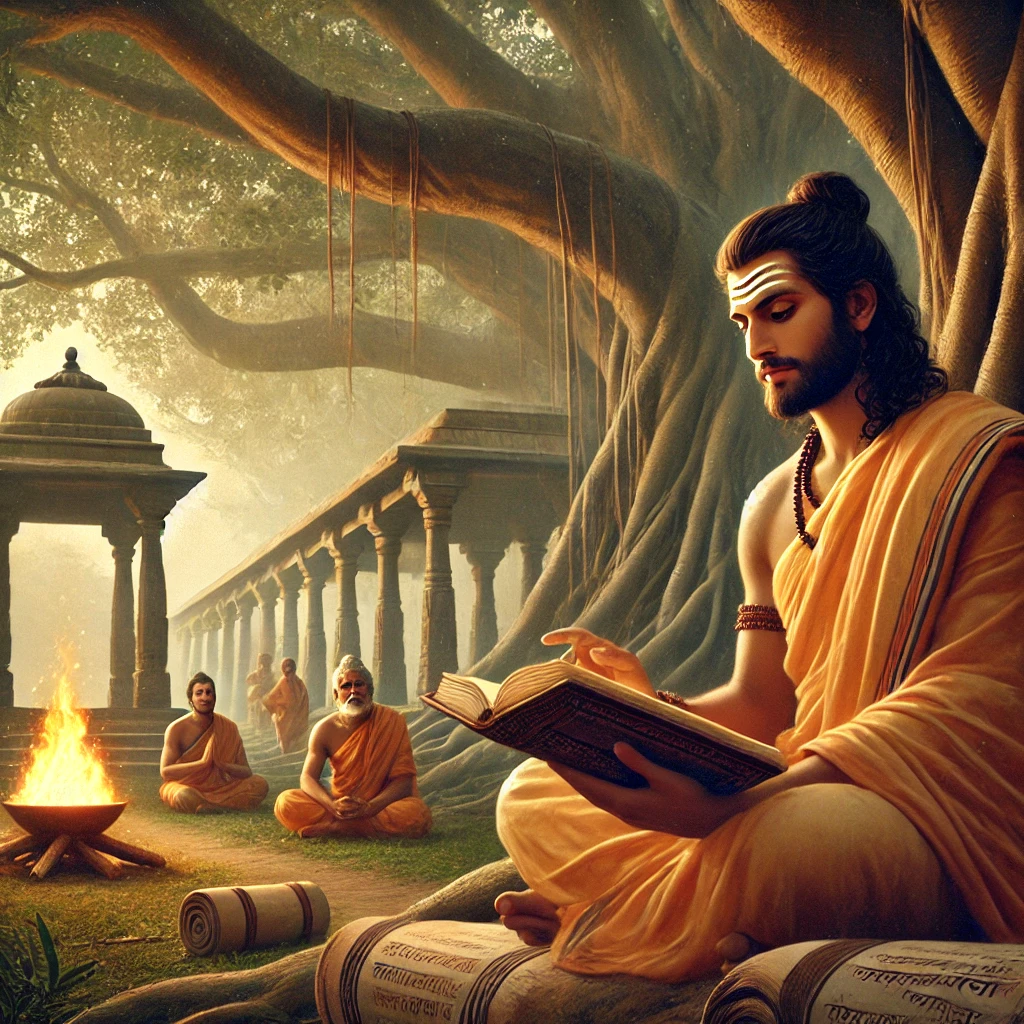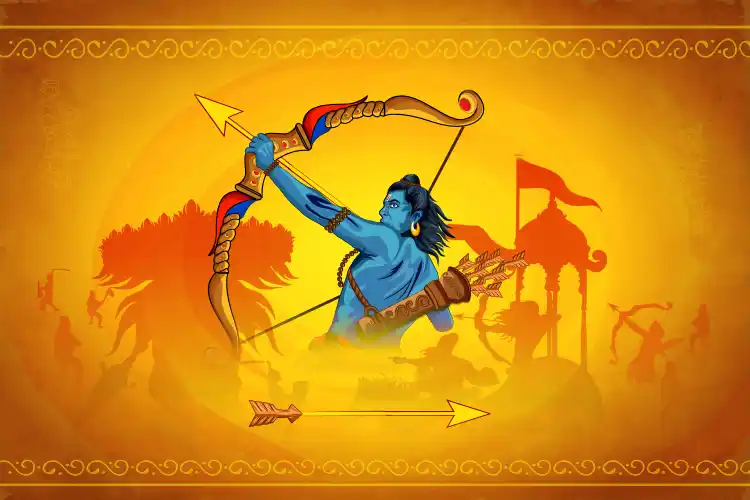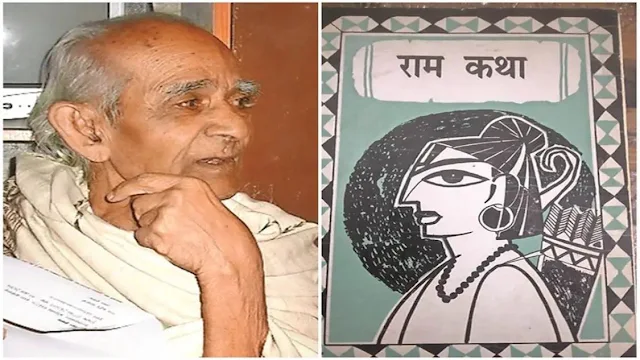The Brahmin, as a concept, has deep roots in Hindu sacred texts, spanning from the Vedas and Upanishads to the epics and Puranas. The term “Brahmin” (ब्राह्मण) originates from “Brahman,” which signifies the ultimate reality or the supreme cosmic principle in Hindu philosophy. However, in a socio-religious sense, Brahmins are traditionally considered the priestly and scholarly class within the varna system. Their roles, duties, and status are defined extensively in sacred texts, which provide theological, philosophical, and practical insights into their significance in Hindu society.
1. The Vedic Foundation of Brahminhood
The earliest references to Brahmins appear in the Vedas, particularly in the Rigveda, which is the oldest of the four Vedas. In these texts, the Brahmins are described as custodians of sacred knowledge, performing rituals and guiding society through spiritual wisdom.
A. The Purusha Sukta and the Varna System
One of the most famous references to the Brahmins appears in the Purusha Sukta (Rigveda 10.90), which describes the cosmic being (Purusha) as being divided into four parts, from which the four varnas (social classes) originate:
- Brahmins (Priests & Scholars) – Emerged from the mouth of Purusha, symbolizing their role as teachers and conveyors of sacred speech.
- Kshatriyas (Warriors & Rulers) – Came from Purusha’s arms, indicating strength and protection.
- Vaishyas (Merchants & Agriculturists) – Sprang from Purusha’s thighs, signifying support and sustenance.
- Shudras (Servants & Laborers) – Originated from Purusha’s feet, representing service and stability.
This hymn establishes the hierarchical position of Brahmins as spiritual authorities, reinforcing their role in Vedic rituals, knowledge preservation, and guidance in moral conduct.
B. The Rigveda and the Role of Brahmins
In the Rigvedic hymns, Brahmins are often associated with prayer, sacrifices (yajnas), and communication with the gods. They are believed to possess divine wisdom that maintains cosmic harmony. The performance of Vedic sacrifices, such as the Ashvamedha Yajna (horse sacrifice) and Rajasuya Yajna (royal consecration), required Brahmins as chief officiants.
Other Vedas—Yajurveda, Samaveda, and Atharvaveda—also emphasize the Brahmins’ role in rituals, maintaining sacred knowledge, and guiding kings in governance. They were responsible for chanting sacred mantras and ensuring the correct execution of rites, which were considered essential for societal and cosmic balance.
2. Brahmins in the Upanishads: The Philosophical Shift
The Upanishads, which represent the philosophical culmination of the Vedas, redefine the idea of a Brahmin. Instead of merely being ritual experts, the Brahmin is depicted as one who realizes Brahman (the ultimate reality). The Brihadaranyaka Upanishad (3.8.10) states:
“He who knows Brahman becomes Brahman.”
This suggests that true Brahminhood is not by birth but by realization of the supreme truth. The Chandogya Upanishad (6.1.1) further emphasizes knowledge (jnana) over ritualism, advocating self-inquiry as the path to spiritual liberation.
A. Satyakama Jabala: A Brahmin by Merit
A significant Upanishadic story that challenges the birth-based caste system is that of Satyakama Jabala (Chandogya Upanishad 4.4.5). Satyakama, born to an unwed mother, wishes to become a Brahmin. His teacher Gautama tests him, and seeing his truthfulness, declares:
“Only a true Brahmin can speak such truth; you are a Brahmin.”
This reinforces the idea that Brahminhood is based on virtue and wisdom, not just birth.
3. The Dharma Shastras: Brahmins and Social Order
The Dharma Shastras, particularly the Manusmriti (Laws of Manu), provide detailed prescriptions on the duties (dharma) of Brahmins.
A. The Duties of a Brahmin
According to the Manusmriti (1.88-91), a Brahmin’s primary duties include:
- Adhyayana (Study of the Vedas) – Mastering sacred texts and philosophical discourses.
- Adhyapana (Teaching the Vedas) – Imparting spiritual knowledge to society.
- Yajana (Performing Yajnas) – Conducting rituals for gods and ancestors.
- Dana (Giving Alms) – Practicing charity and generosity.
- Pratigraha (Accepting Gifts) – Receiving offerings from devotees for sustenance.
The text also emphasizes austerity (tapas), truthfulness, and non-violence (ahimsa) as Brahminic virtues.
B. The Ideal Brahmin: A Moral and Spiritual Guide
The Mahabharata and Ramayana further illustrate the role of Brahmins as sages and advisors. Figures like Vasistha, Vishwamitra, and Chanakya exemplify the Brahmin as a spiritual teacher and strategist. The Mahabharata’s discourse between Bhishma and Yudhishthira (Shanti Parva) reaffirms that true Brahmins should embody wisdom, detachment, and righteousness.
4. Buddhism and Jainism: A Challenge to Brahmin Supremacy
Buddhism and Jainism emerged as reform movements questioning the hereditary Brahmin system.
- Gautama Buddha criticized the caste-based superiority of Brahmins and declared that a person’s actions, not birth, determine nobility (Dhammapada 393).
- Mahavira, the Jain Tirthankara, emphasized asceticism over ritualism, promoting the idea that spiritual purity is not tied to birth.
Despite this critique, some Brahmins adapted Buddhist and Jain philosophies, contributing to religious syncretism.
5. Bhakti and the Changing Role of Brahmins
During the Bhakti movement (8th–17th century CE), poets like Kabir, Ravidas, and Tukaram questioned Brahminical orthodoxy, emphasizing direct devotion (bhakti) over rituals.
- Kabir (15th century) ridiculed Brahmins for claiming superiority based on birth:
“If Brahmins are superior because of birth, why weren’t they born differently?” - Chaitanya Mahaprabhu and Sant Eknath accepted devotees from all castes, reducing Brahmin dominance in religious practice.
Despite these challenges, Brahmins retained their scholarly roles and adapted to new religious developments.
6. Modern Interpretations of Brahminhood
In contemporary times, the notion of Brahminhood is interpreted in multiple ways:
- Spiritual Definition: Many argue that being a Brahmin is about knowledge and ethical conduct rather than birth.
- Social Reality: Caste-based Brahmin identity still exists, though it faces challenges from caste-based reservations and social reforms.
- Scholarly Role: Brahmins continue to be custodians of Sanskrit literature, temple rituals, and philosophical traditions, though access to education has diversified.
Conclusion
The idea of a Brahmin has evolved over millennia, from the ritual specialists of the Vedas to the wisdom seekers of the Upanishads, the lawgivers of the Dharma Shastras, and the reformers of the modern era. While traditional texts emphasize Brahmins’ divine role, other scriptures, including Buddhist and Bhakti literature, challenge their superiority based on birth. Today, Brahminhood is seen not just as a caste identity but as an intellectual and spiritual pursuit, with an emphasis on knowledge, ethics, and service.












